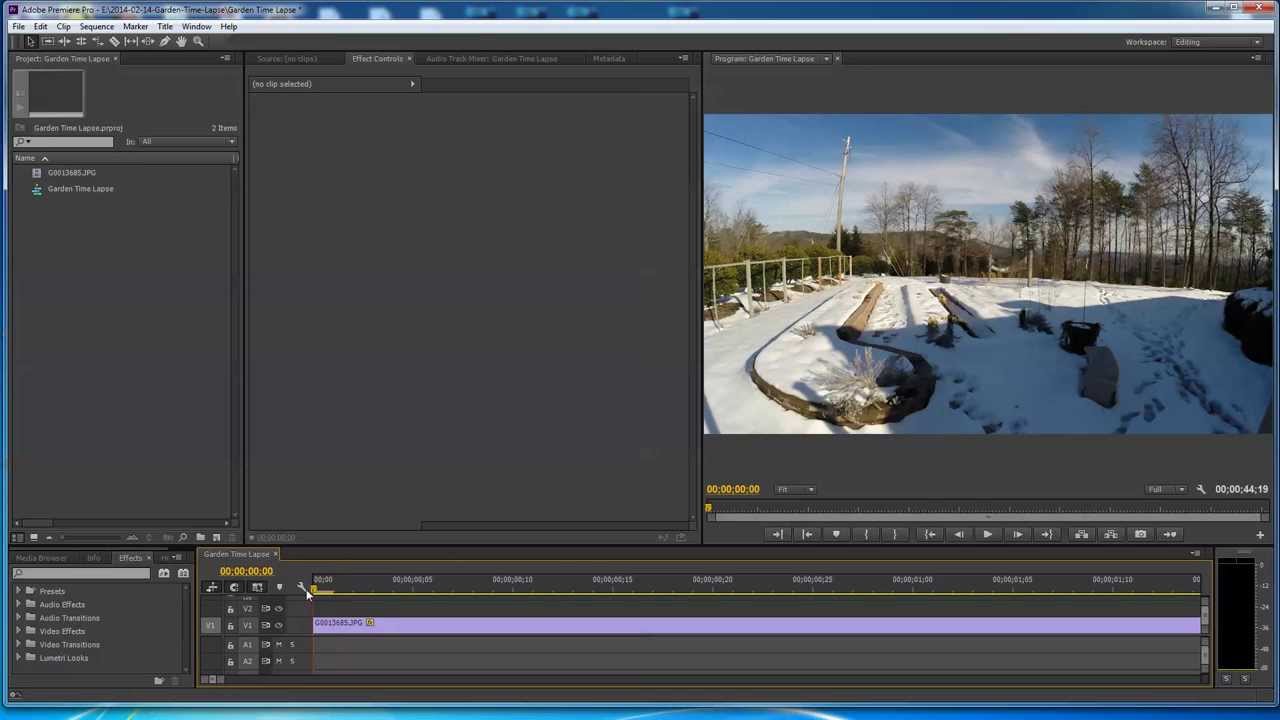

- ADOBE PREIMERE PRO CC CHECK FRAME RATE OF PROJECT CODE
- ADOBE PREIMERE PRO CC CHECK FRAME RATE OF PROJECT SERIES
The one variable with time code is the number of frames that make up a second, which is based on the frame rate of the media you are dealing with. You can count hours, minutes, and seconds in much the same way as you would with a standard clock, but the counting begins at zero instead of one. As seen in the example above and reading from left to right, the numbers represent: Hours Minutes Seconds Frames.
ADOBE PREIMERE PRO CC CHECK FRAME RATE OF PROJECT SERIES
You can identify time code as a series of four numbers separated by colons or semicolons. Time code is used in video editing and motion graphics programs to keep track of your position along a Timeline, tape, or any time-based medium.

You will not use the other properties because they are intended for a different type of project workflow. The Frame Rate, Video, and Audio Info and Capture settings are the same for all the clips you will work with in this project. The Media (displayed in Timecode) and Tape Name properties refer to the tape that these clips were captured from. You do not need these attributes for the work you will do in this project. Some clip properties that are turned off by default in the ProjectĤ In the dialog box, disable the following attributes by clicking to clear the check mark to the left of the attributes. Each one attribute corresponds to one of the visible columns in the Project panel. Premiere Pro they are still listed as a part of theģ In the Metadata Display panel click on the reveal triangle to the left of Premiere Pro Project Metadata to reveal its properties.Ĭlick and drag the lower right corner of the dialog box to enlarge it so that you can see all the revealed attributes. The tilde (~) key acts as a minimize/maximize toggle for whichever panel is currently active.Ģ The expanded Project panel makes it much easier to see the clip properties.Ĭlick on the menu button located at the upper-right corner of the Project panel and from the menu that appears, choose Metadata Display.Įven though the clip properties are only used inside With the Project panel selected press the tilde (~) key on your keyboard. You will know it is selected when it has an orange border around it. The first thing you will do is expand the panel to full-screen size.Ĭlick on any area of the Project panel to select it. The default column display can be changed to add hidden panels or remove panels that you may consider extraneous.ġ Since the Project panel is very small when compared with the overall Premiere Pro interface, seeing all the columns at the same time is impossible. This allows you to only view the attributes that are most relevant to the type of work you are currently doing at any given time in Premiere Pro.

This information display can be customized so that you can control which properties display and in what order. The Project panel displays information about each item it contains in a series of columns to the right of each item’s name.


 0 kommentar(er)
0 kommentar(er)
